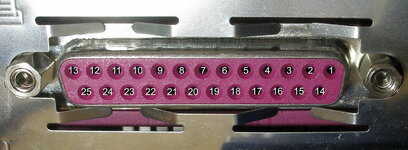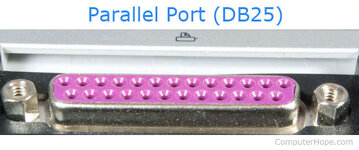gohoto99
Newbie
Hi guys!
So i need a little bit of help. Im doing a project where i have to create a scheme which controls 16 Leds using LPT Port. For that im using two 74HC595 shift registers. I also need to write a program in C/C++ which lights up a certain led, makes all ON and/or all OFF. Im in need of help how to connect the parts together.
Thanks!
So i need a little bit of help. Im doing a project where i have to create a scheme which controls 16 Leds using LPT Port. For that im using two 74HC595 shift registers. I also need to write a program in C/C++ which lights up a certain led, makes all ON and/or all OFF. Im in need of help how to connect the parts together.
Thanks!


